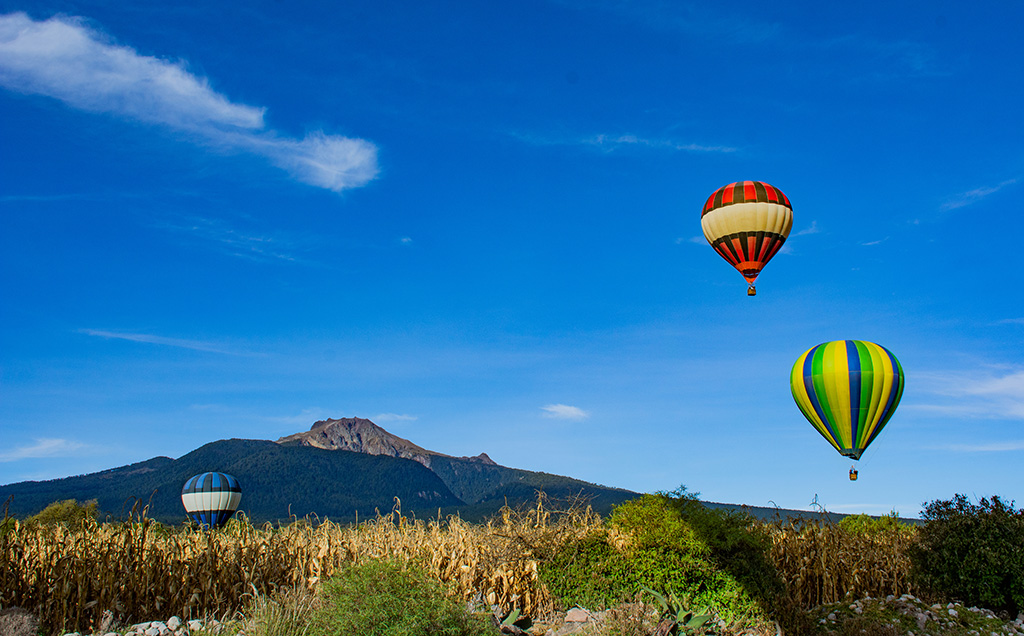Ixtenco
The municipality of Ixtenco, located in eastern Tlaxcala, is the last stronghold of the Otomí culture in its Yuhmú variant. It is the youngest Pueblo Mágico in the state, yet it is rich in history and tradition.

Located in the eastern part of Tlaxcala, Ixtenco is a young Pueblo Mágico surrounded by breathtaking landscapes.
Ixtenco is the classic Otomí town with a Náhuatl name. When the Spanish arrived, so many Nahua people from Tlaxcala lived here that the Náhuatl name remained. Yet, the people of the town identify as Otomí, and some still speak the language. Otomí can also be heard in nearby Huamantla, further north, and in a few other towns in Tlaxcala and Puebla. The modern city was founded in 1532 and later became the main center of surrounding haciendas such as San Antonio Cuamanala and San Cristóbal Jalapasco, as well as the ranches of San Miguel and Ixtenco.
Today, together with Huamantla, the town lies on the slopes of La Malinche volcano and its national park. The imposing volcano and its surrounding craters dominate the landscape, shaping a rugged, windswept land of independent thinkers. Only about 7,500 people live here, giving it a small-town charm.
Ixtenco is famous for the sawdust and flower carpets that cover 3.5 kilometers of its main streets every June 23rd. The town also holds centuries of history beyond this colorful tradition. The San Juan Church, whose construction began in 1555, along with the Chapel of the Virgin of Guadalupe, towers over the central square. Local artisans are known for their fine stonework and exquisite embroidery. Visitors are likely to see residents in traditional conservative attire, especially during Carnival or other lively festivals that fill the streets with music, color, and warmth.
Many travelers visit Ixtenco along with Huamantla. Yet Ixtenco, being smaller, is also ideal for outdoor and adventure lovers. Climbing Cerro de Xalapasco rewards you with stunning views of the valleys and surrounding volcanoes. The trip from Huamantla takes about 20 minutes, making it an easy excursion.
Coming from Puebla takes around 45 minutes. Most buses departing from CAPU only go as far as La Venta, south of Zitlaltépec. From there, a taxi or shared van takes just ten more minutes. Even from the road, the landscapes you’ll see along the way are magnificent.